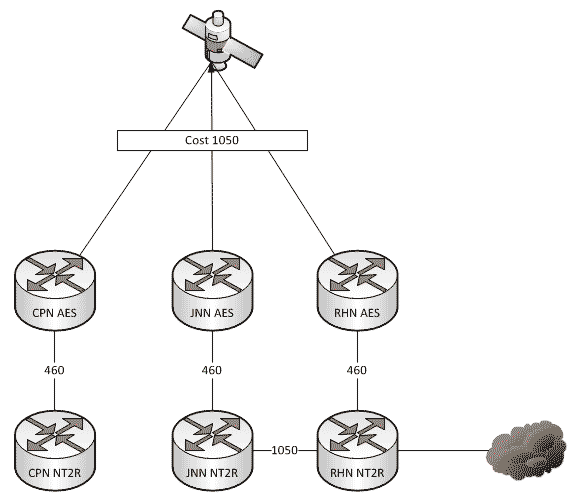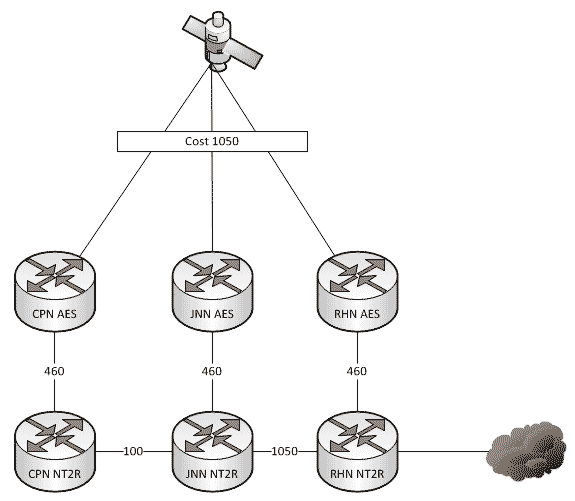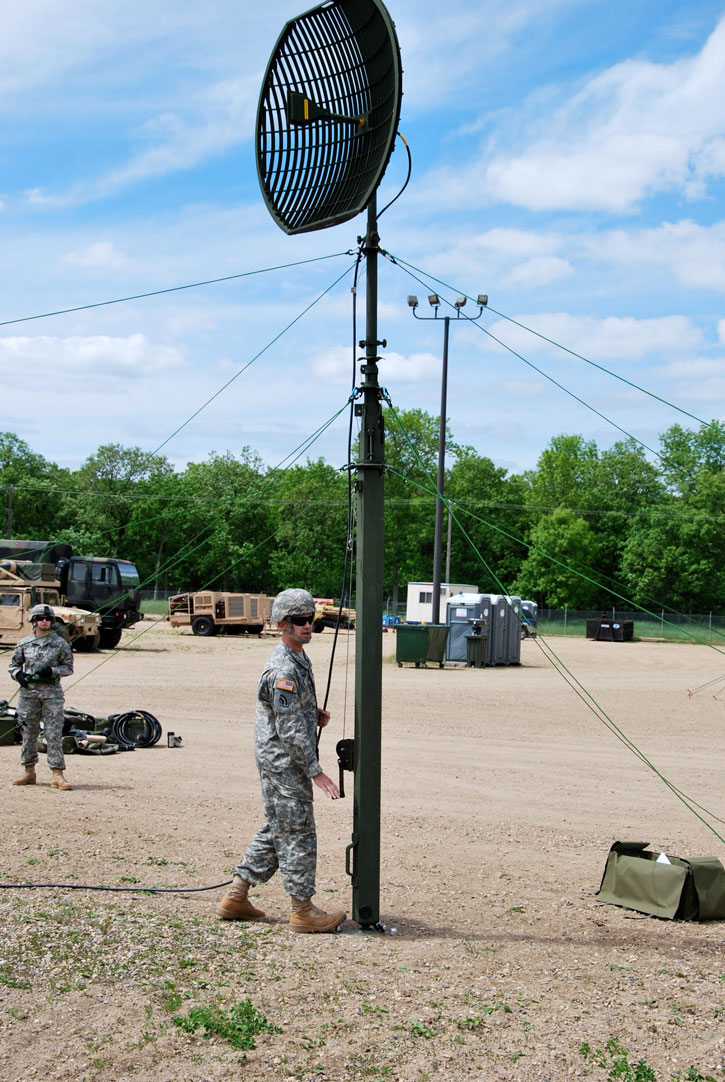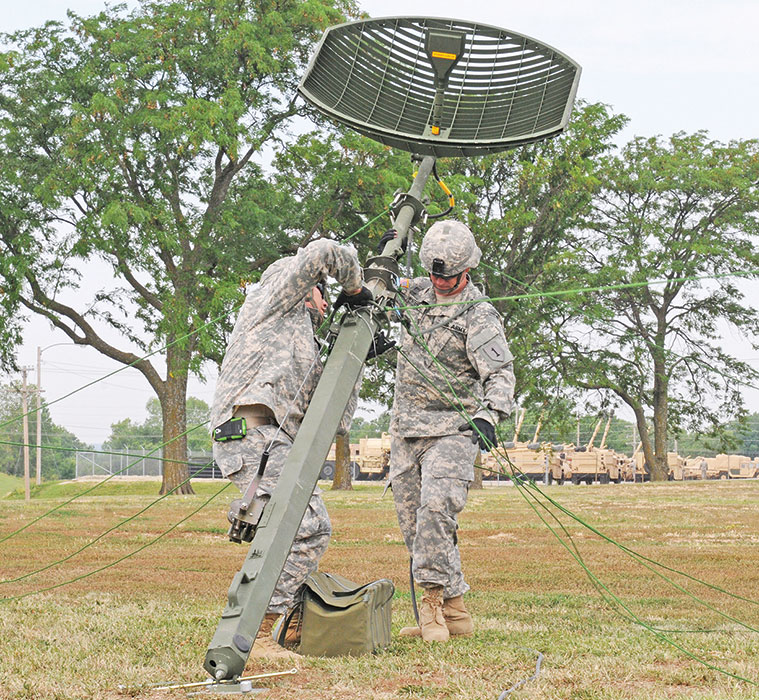A couple of weeks ago we talked about what affect changes to our network can have when we add HCLOS and other links between nodes. In that article, we talked exclusively about NIPR traffic going across the network and didn’t mention anything about SIPR. So what happens with our SIPR traffic if we install a HCLOS link?
Which Way Do I Go? (Effects on Routing When the Network Changes)
As a general rule, all WIN-T nodes route traffic in pretty much the same way using pretty much the same configuration. We all know that at a CPN, both SIPR and NIPR traffic goes out the nodes TDMA link because, well, it has no other way to go. For a JNN, if the traffic is going to one of our subordinate units it goes out our TDMA, and if it is going somewhere else, it likely goes out our FDMA. We understand what it does, but most people have stopped thinking about why it does that. This is fine and dandy until we start making changes to the network.
Where to Put a HCLOS
I am a huge advocate of using HCLOS within out networks. It increases bandwidth, adds redundancy, and reduces delay between nodes. As I’ve said before, when using HCLOS in a DA environment, it is often easiest and most practical to deploy these links with non-maneuver units (BSB, aviation, etc.). In several recent rotations though we have seen units experience an additional challenge in employing their HCLOS assets; HCLOS v1s being permanently placed with maneuver battalions.
Scotty, I Need More Bandwidth!
Usually about half way through each rotation I will try to find the Brigade XO and spend a few minutes talking to him about communications. By this time, the network is well-established, the unit has conducted a couple of CUBs, and by and large everyone should have a pretty good idea of how well we can (or can’t) communicate across the unit. One of the comments I frequently hear is that they “need more bandwidth”.
Trends from the National Training Center Part 5 – HCLOS
The high capacity line-of-sight (HCLOS) radio provides a high bandwidth low latency link between two nodes in the WIN-T network. It can greatly expand the capabilities of the BCT’s network but must be deliberately planned. This is part five of a series of posts concerning the network trends that I regularly see here at the National Training Center as units pass through on rotation.
The Lost Art of Legacy Equipment: LOS & the SMART-T in a Decisive Action Rotation
The below is a copy of an article I wrote for the Center for Army Lessons Learned (CALL) talking about the common trend we have seen at NTC with units attempting to use legacy equipment (in this case High Capacity Line-of-Sight (HCLOS) and SMART-T specifically) in a decisive action (DA) environment.






